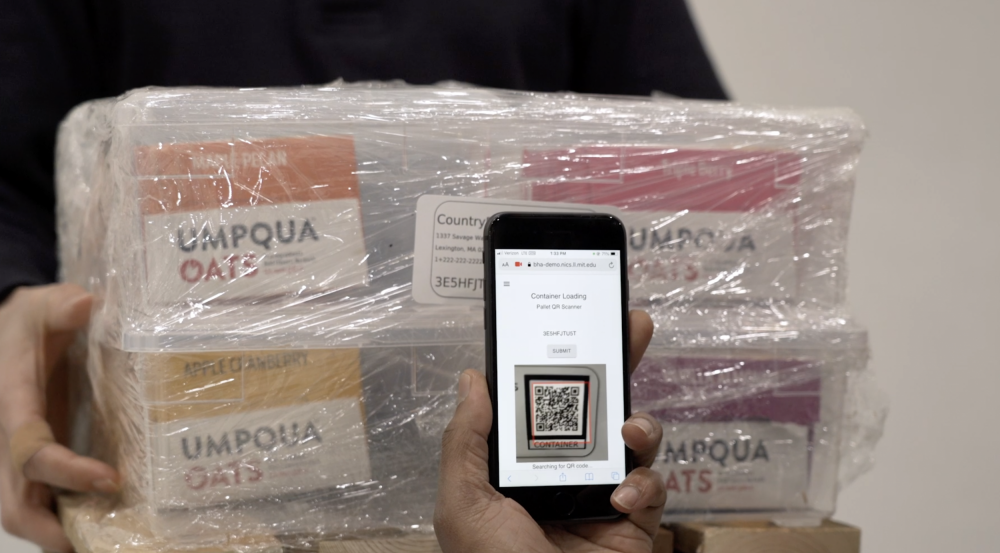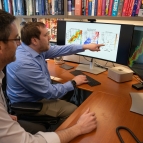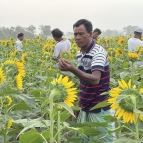USAID Food Traceability

USAID's Bureau for Humanitarian Assistance (BHA) plays a leading role in global efforts to alleviate hunger and improve food security. The organization disperses approximately $2 billion in food aid per year to millions of people impacted by natural disasters, conflict, or famine.
But tracking food aid throughout its entire, sometimes year-long journey is a challenge. Hundreds of organizations are involved in the supply chain, and data is not currently shared in real time between parties to enable USAID and other stakeholders to see where food shipments are, how they're being moved, and when they have arrived at their destinations. Improving traceability would enable USAID to more efficiently respond to food aid needs, provide alerts when issues arise, and recall food from the supply chain for any safety reasons.
To enable data sharing throughout the supply chain, we are developing an intelligent commodity tracking system. The system consists of QR codes adhered to every food item per shipment. At each stop or tradeoff, the organization in possession of the food scans the QR code via a shared mobile and web-enabled app, which tags it in the system along with data about its location and transaction status; this app will also be made available open source, so that international organizations may build their own capacity to integrate into the USAID BHA system.
We are also helping BHA internally organize their expansive food aid datasets. We're building an intelligent dashboard that harvests and centralizes all of their data, and uses artificial intelligence and visualization tools to help USAID staff and external stakeholders more easily interpret it.
We are working with USAID and organizations worldwide to demonstrate these capabilities and adapt them to best suit these organizations' workflows. Our requirement, and challenge, is to build and implement the system without any interruption to the supply chain. Achieving this will support the vital work of BHA in delivering critical aid to people who need it most.



